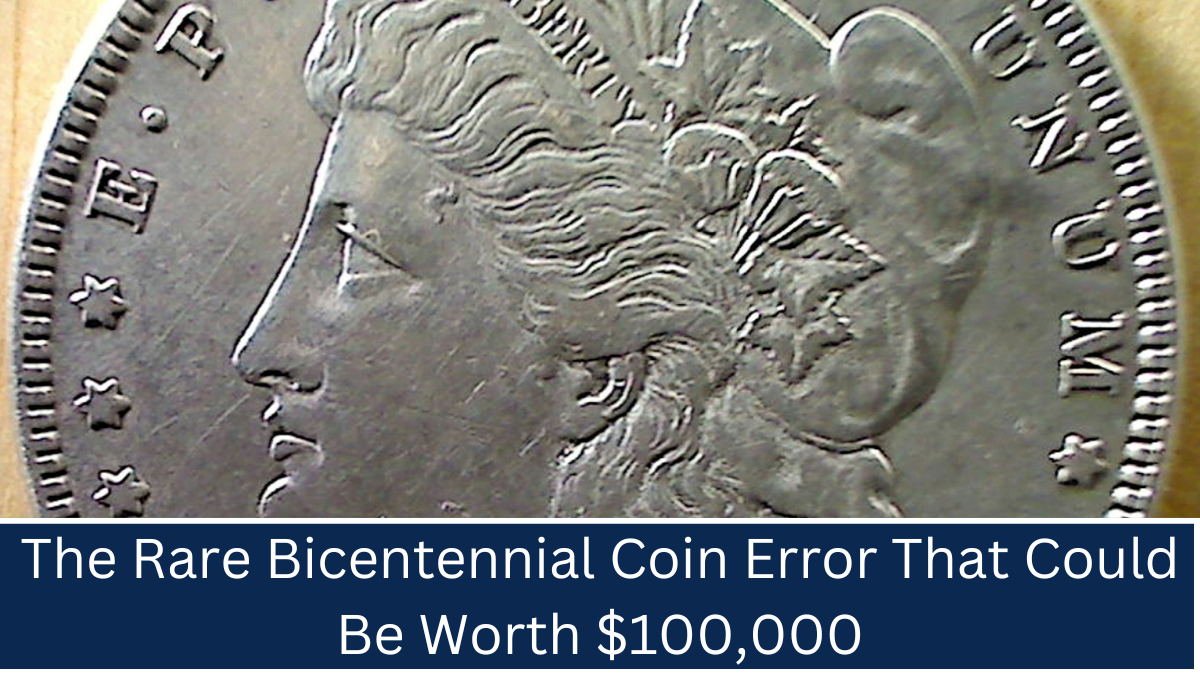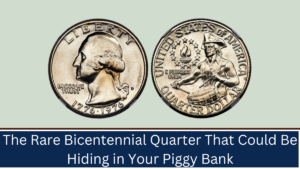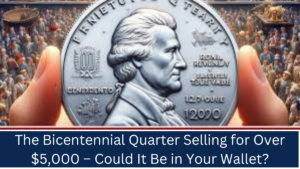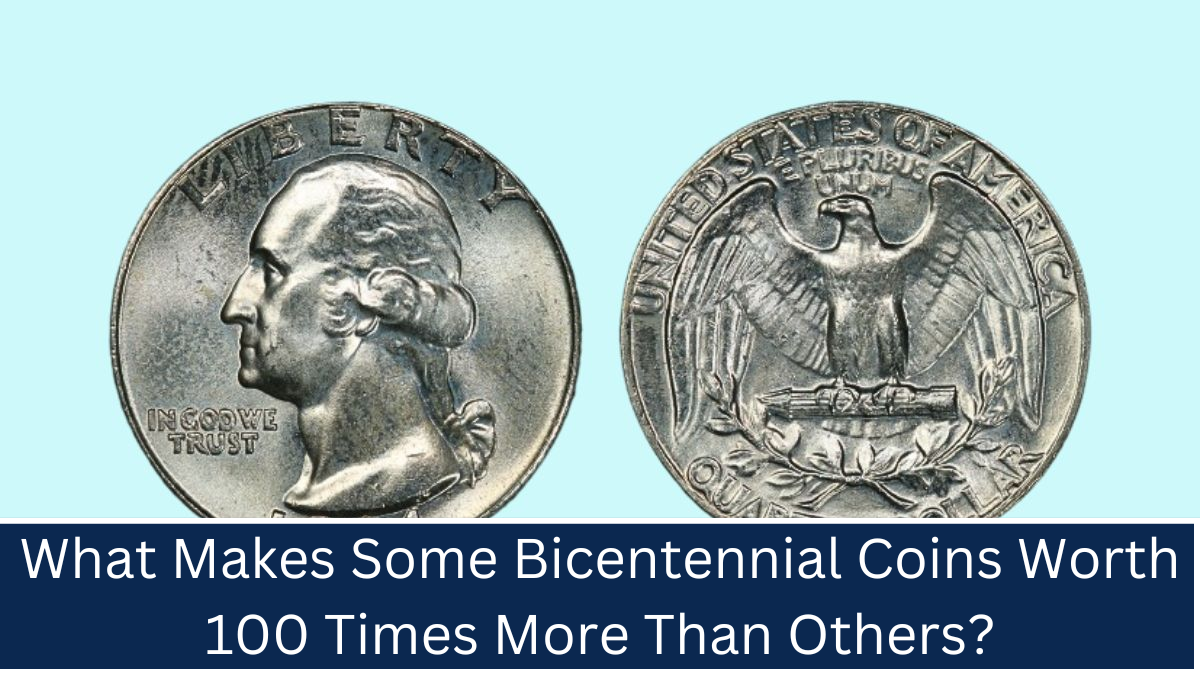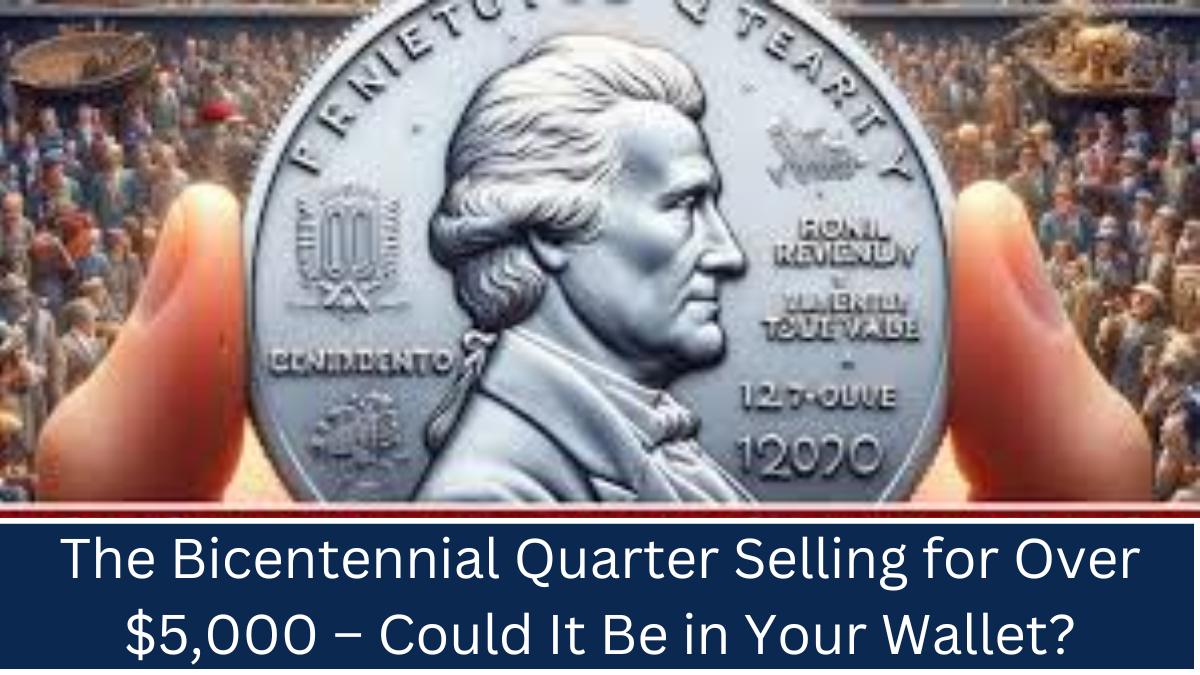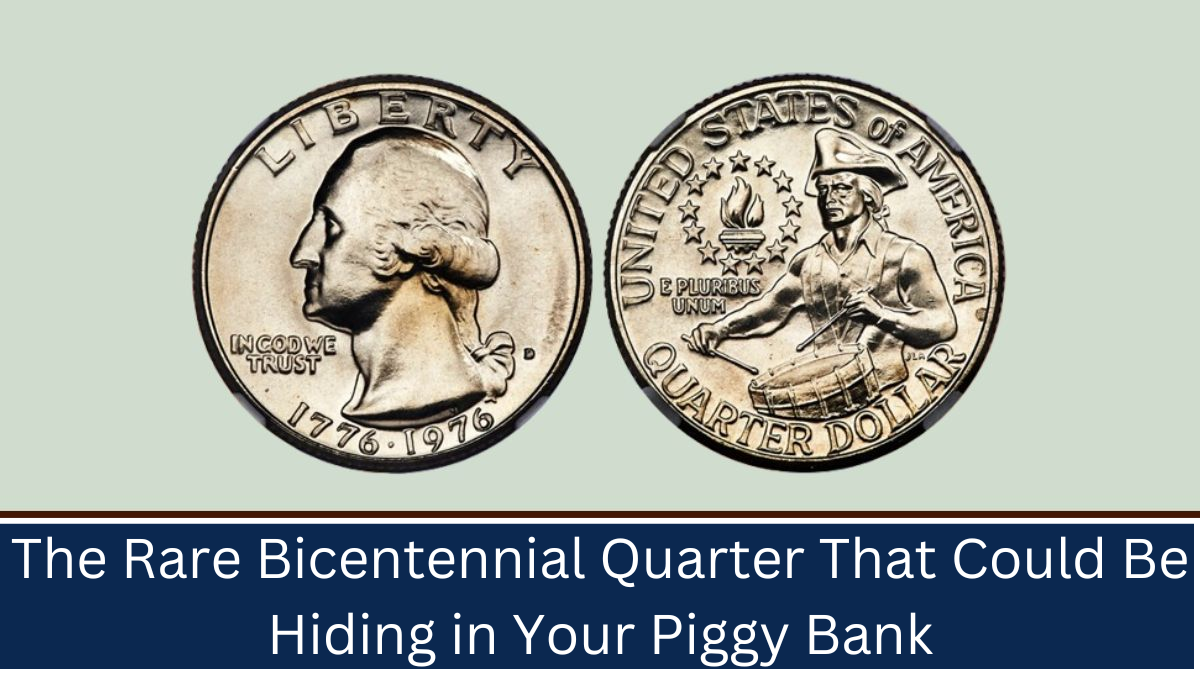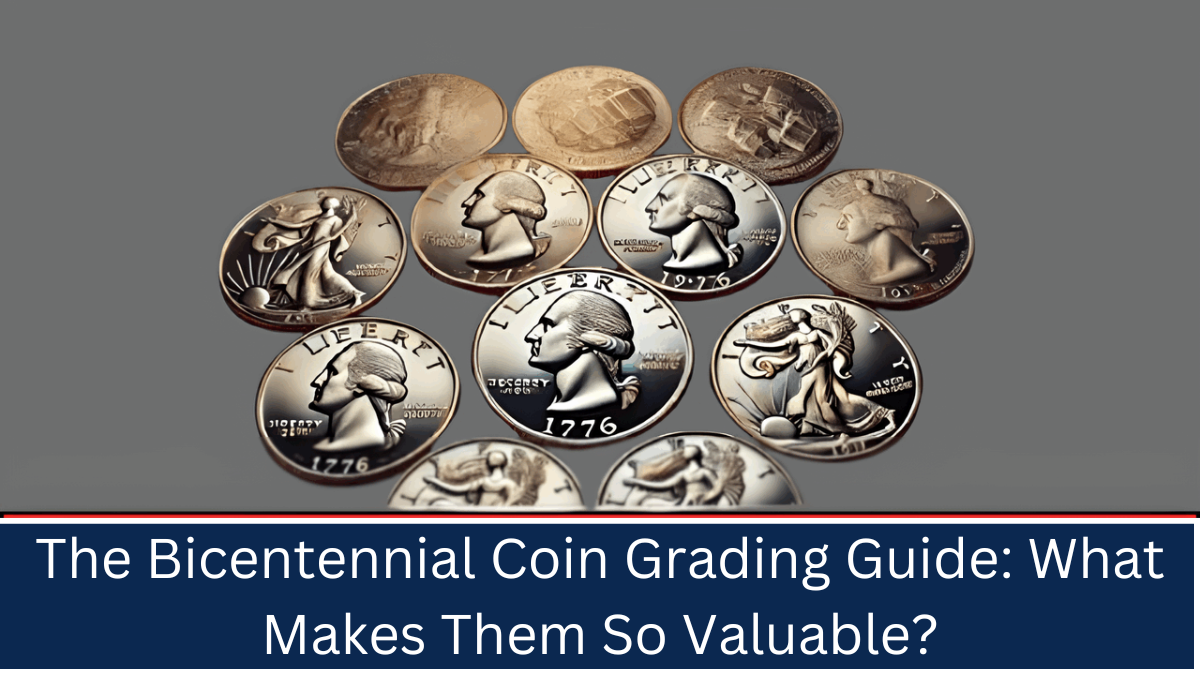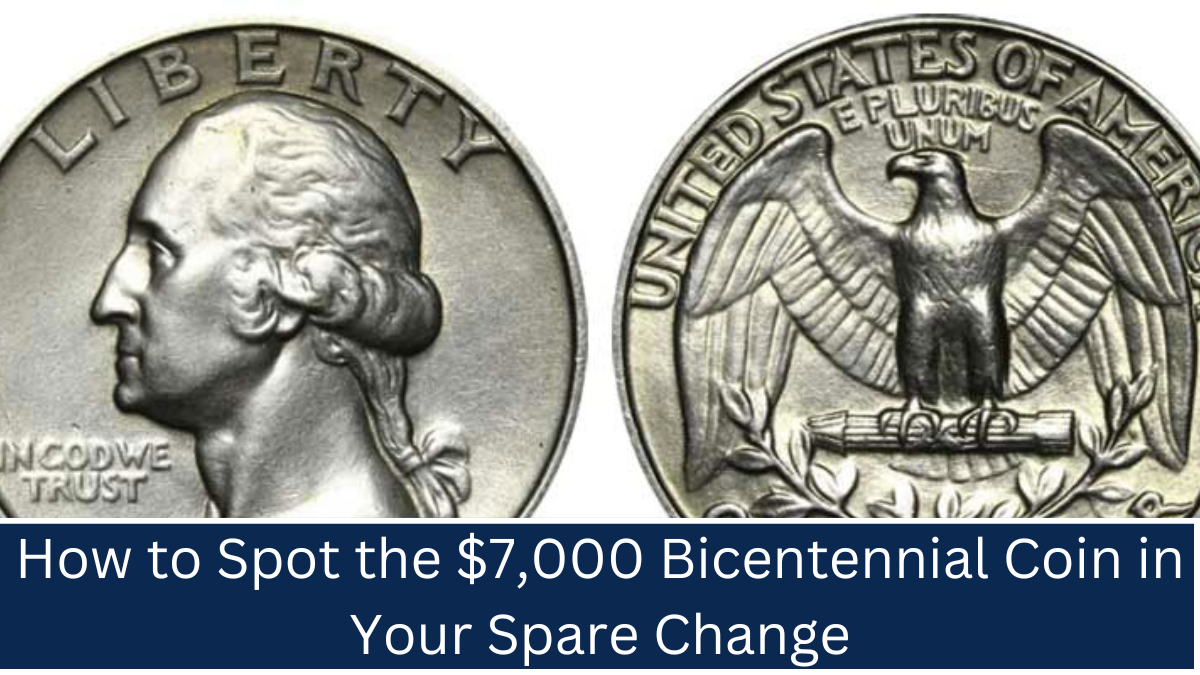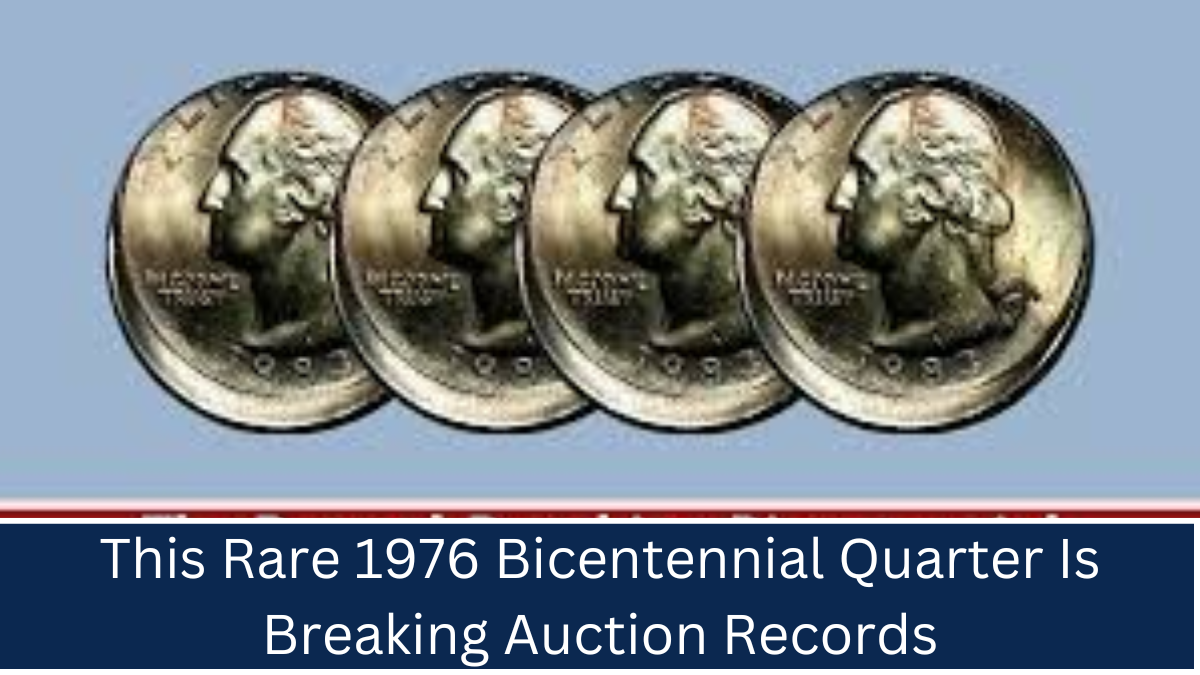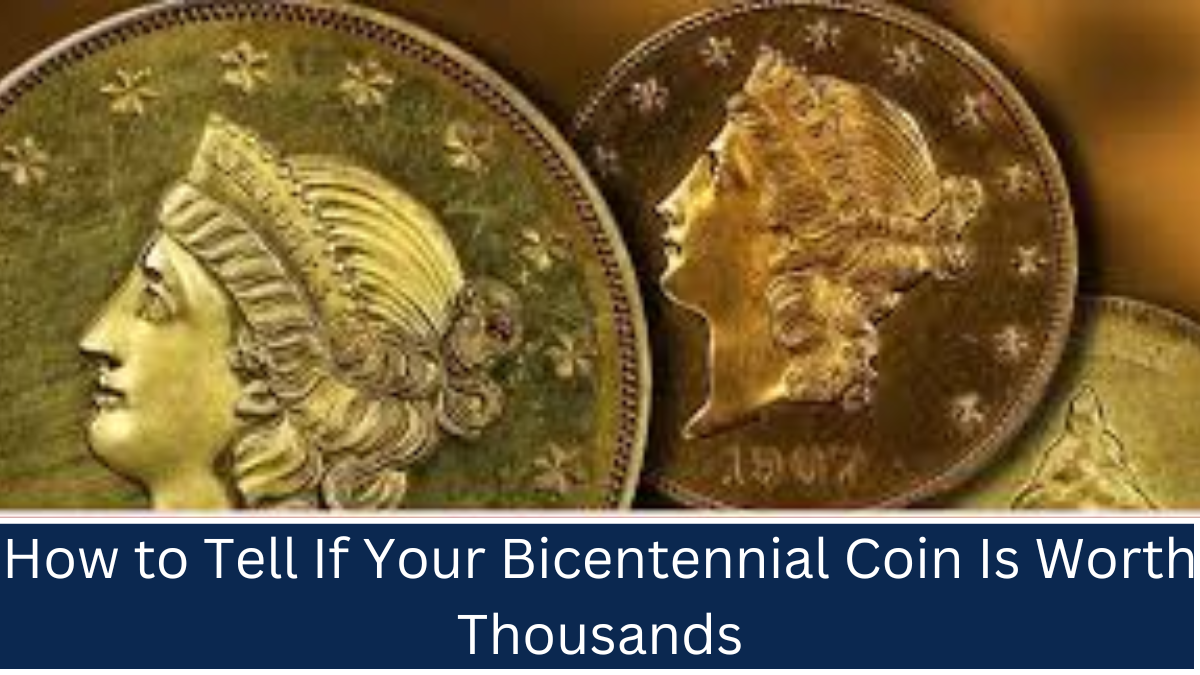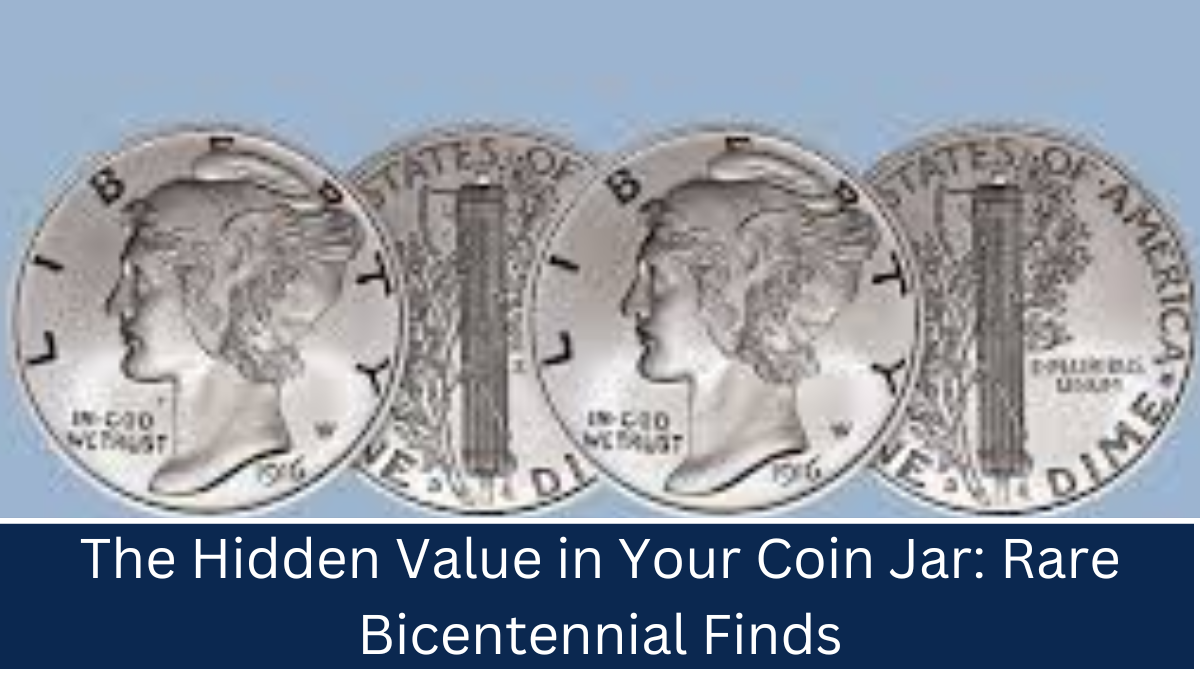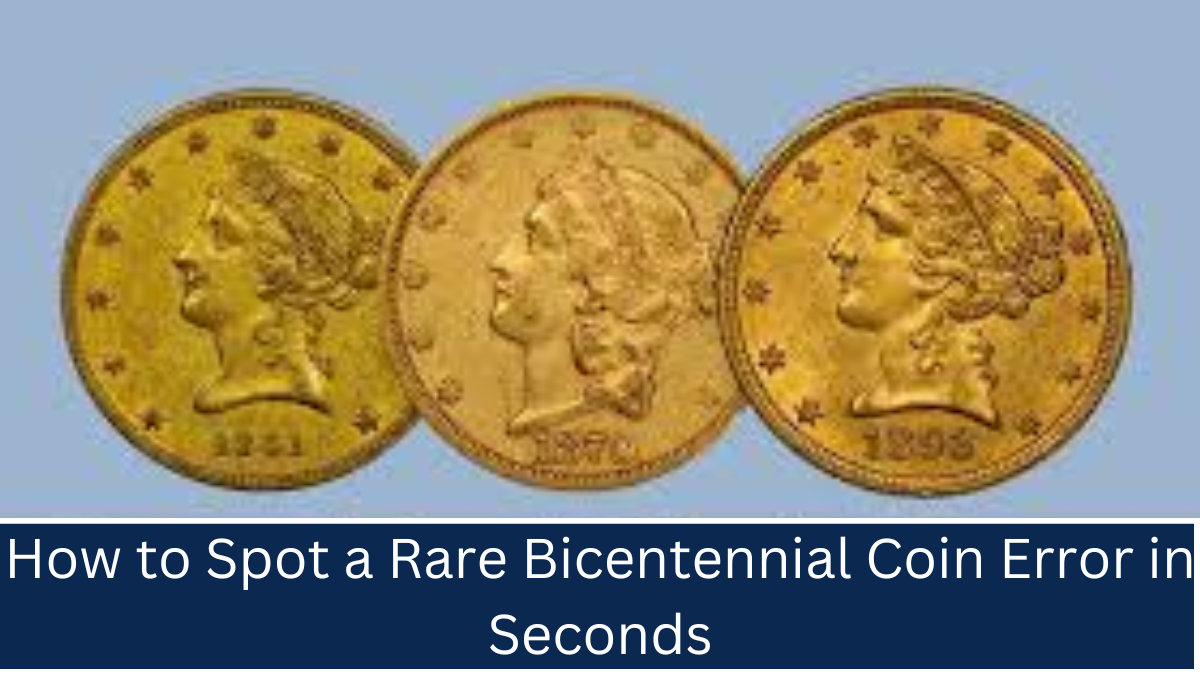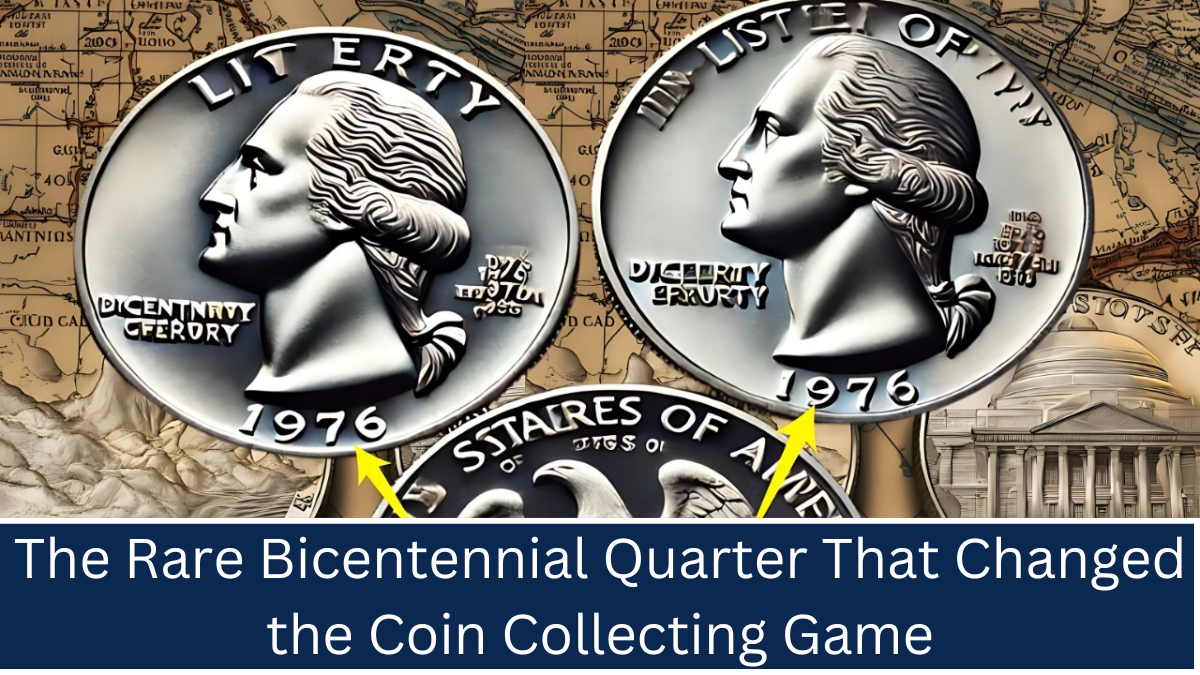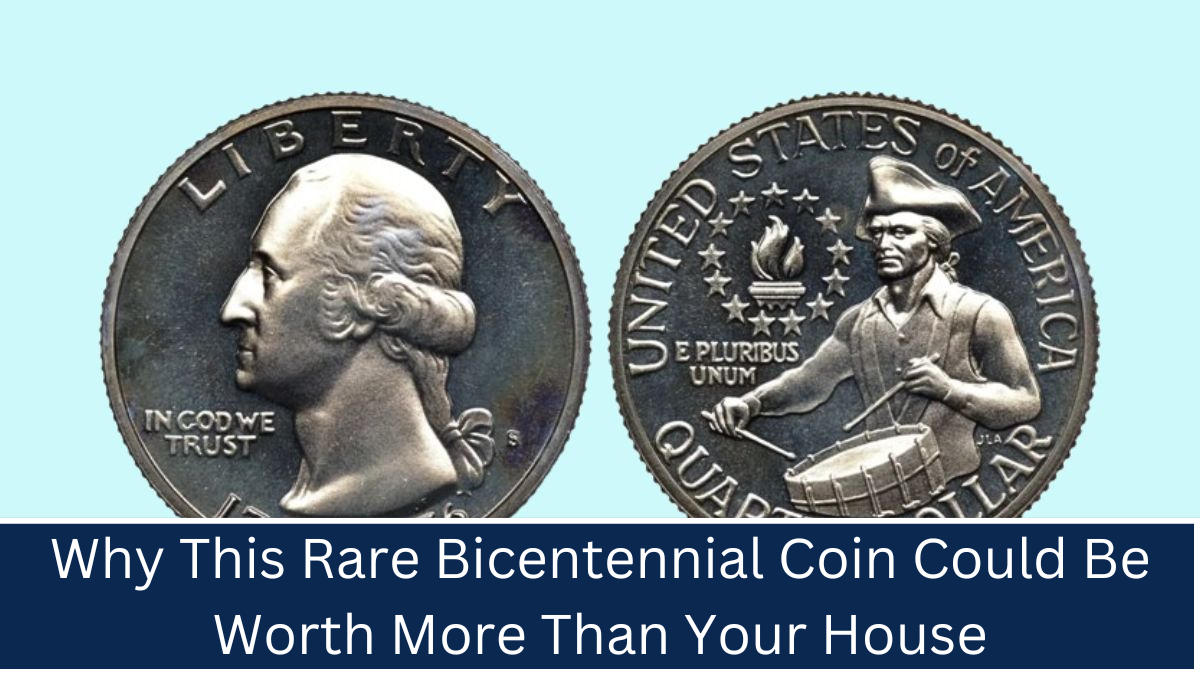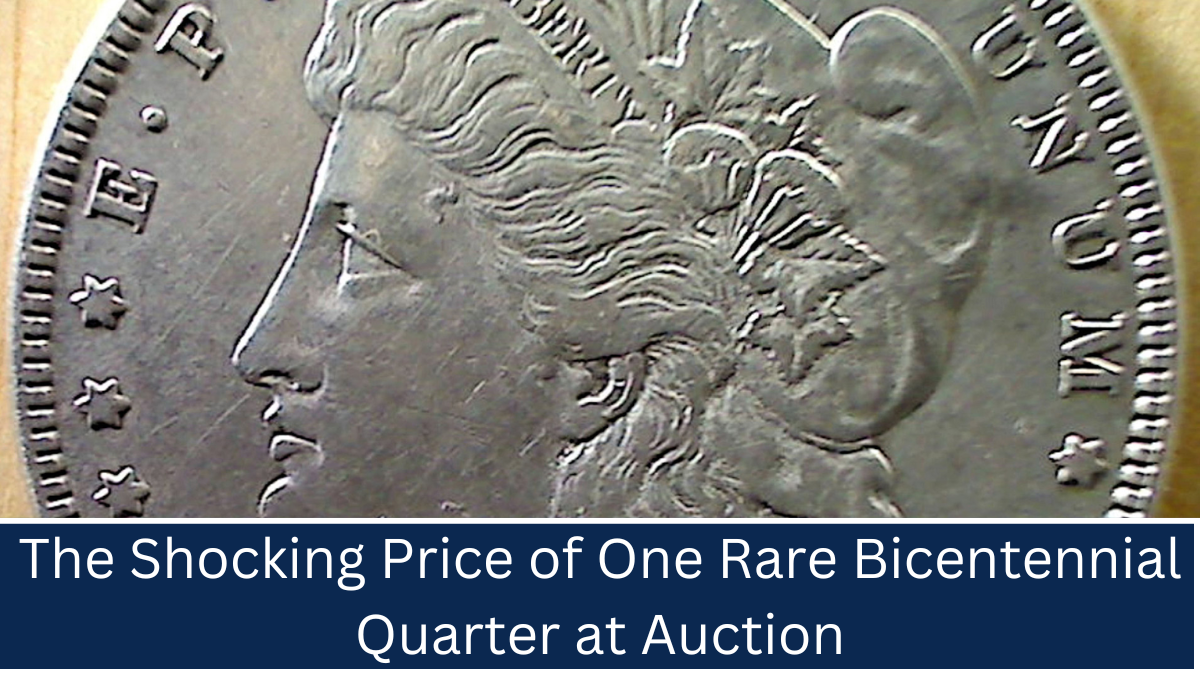Bicentennial coins, minted in 1976 to celebrate America’s 200th anniversary, are among the most widely collected coins in U.S. history. While many people see them as part of the national heritage, few realize that certain errors in their production have turned these coins into potential gold mines for savvy collectors. The most famous of these errors, the Doubled Die Bicentennial Quarter, has the ability to fetch an astonishing price of up to $100,000 under the right circumstances. In this article, we’ll explore the rare Bicentennial coin errors that could be worth a fortune, including how to spot them, what makes them valuable, and how you can potentially cash in on this hidden treasure. The Bicentennial coins were released in three major types: the Bicentennial Quarter, Bicentennial Half Dollar, and Bicentennial Dollar, with each coin designed to honor the nation’s historic milestone. However, the most valuable errors appear on the Bicentennial Quarter, which was produced at the Denver Mint (D) and San Francisco Mint (S). Some of these coins feature unique misprints, misalignments, and design flaws that make them stand out and elevate their value significantly. A handful of rare Bicentennial coins with minting defects are now worth up to $100,000, making them highly sought after by collectors.
1976-D Bicentennial Quarter with a Doubled Die Error:
Perhaps the most famous and sought-after of all Bicentennial errors is the 1976-D Bicentennial Quarter with a Doubled Die Error. This error occurs when the die used to strike the coin is misaligned, causing the lettering and numbers to appear doubled. The error is particularly noticeable on the word “LIBERTY” and the date “1976.” These coins can be worth thousands or even tens of thousands of dollars depending on their condition. The rarity of this error and its striking appearance make it a collector’s dream.
1976-S Proof Bicentennial Half Dollar with a Minting Flaw:
The 1976-S Proof Bicentennial Half Dollar is another highly valuable coin, particularly if it features a minting flaw like improperly polished dies or double-struck details. These Proof coins, which were created with a mirror-like finish for collectors, often display subtle yet striking errors that make them more valuable than regular coins. If you come across a 1976-S Proof Half Dollar with such a flaw, it could be worth much more than its face value, especially if it’s in pristine condition.
1976-P Bicentennial Quarter with an Off-Center Strike:
A 1976-P Bicentennial Quarter with an off-center strike is another rare and valuable error. This occurs when the coin is not properly aligned during the minting process, causing a portion of the coin’s design to be cut off. While this error is more common in other coins, the Bicentennial Quarter with this misalignment is especially rare and commands a premium in the collectors’ market. If you spot one of these coins, it could be worth thousands of dollars.
The rare Bicentennial coin errors represent an exciting opportunity for collectors and investors in 2025. With their historical significance, limited mintage, and the potential for minting defects, these coins hold substantial value for those who know where to look. Whether you come across a Doubled Die Bicentennial Quarter, a minting flaw on a Proof coin, or a missing mintmark on a silver coin, these errors can turn an ordinary piece of U.S. currency into a small fortune. For coin collectors, these rare finds are an essential part of building a high-value collection, and for investors, they offer a potential return on investment that could grow exponentially. If you’re serious about collecting or investing in Bicentennial coins, it’s essential to learn how to identify these rare errors and have them professionally appraised. The coins that are worth $100,000 don’t just happen upon you—they are often the result of knowing what to look for, doing your research, and acting fast when you spot a hidden gem.
FAQ’s:
What makes Bicentennial coins valuable?
Bicentennial coins are valuable due to their limited mintage, unique design, and potential minting errors that make them rare collectibles.
How can I identify a valuable Bicentennial coin?
Look for errors such as Doubled Die or off-center strikes, as well as coins in high-quality condition.
What is a Doubled Die error?
A Doubled Die error happens when the die used to strike the coin is misaligned, causing doubled designs on the coin.
Can I still find Bicentennial coins in circulation?
It’s unlikely, but occasionally they can appear in spare change or be found from dealers.
Should I get my Bicentennial coin appraised?
Yes, if you think your coin is rare or valuable, professional appraisals can confirm its worth and authenticity.
